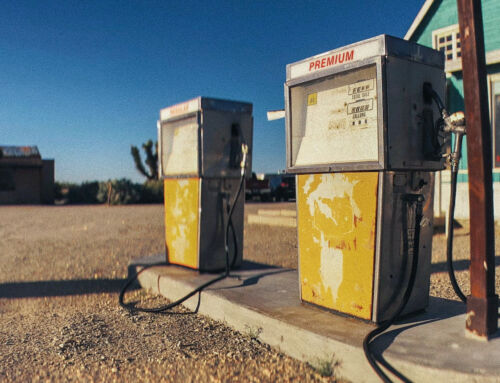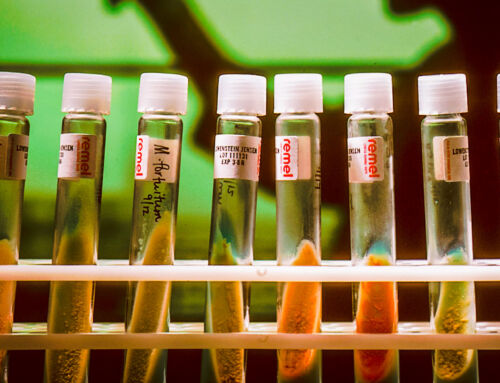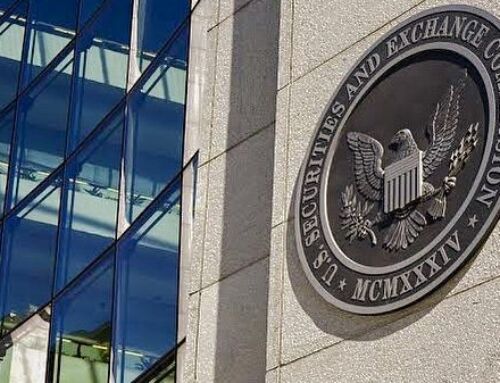View by Topic
Recent Articles
-
Congress Blocks California’s Gasoline Car BanSaturday, May 31st, 2025
-
EPA Will Keep Current Limits for “Forever Chemicals” in Drinking WaterSaturday, May 24th, 2025
-
Court Indefinitely Pauses SEC Climate Rule LitigationSaturday, May 17th, 2025
-
Maryland is About to Regulate Mold But is the Cart Before the HorseSaturday, May 10th, 2025
View by Month/Year
“Green Building Law Update” Headlines
Recent Articles & News from
Stuart Kaplow’s blog
at GreenBuildingLawUpdate.com
- Congress Blocks California’s Gasoline Car Ban: A Legal and Policy Analysis June 1, 2025
- EPA Will Keep Current Limits for “Forever Chemicals” in Drinking Water May 25, 2025
- Court Indefinitely Pauses SEC Climate Rule Litigation May 18, 2025
- Maryland is About to Regulate Mold: But is the Cart Before the Horse? May 11, 2025
Subscribe to the Green Building Law Update!
Stuart Kaplow brings his expertise and extensive experience to the table with his unique digital publication, "Green Building Law Update". Subscribers receive regular updates to keep them informed about important issues surrounding Environmental Law, Green Building & Real Estate Law, as well as the emerging demand for Environmental Social Governance (ESG).
Get fresh content through the lense of Stuart Kaplow's cutting-edge expertise, innovative commentary and insider perspective. Don't miss another issue! Subscribe below.

Low Embodied Carbon Concrete is Here
The golden opportunity in ESG may be in concrete. Embodied carbon refers to the greenhouse gas emissions associated with materials’ manufacturing, transportation, installation, maintenance, and disposal. In a building, there is “upfront” embodied carbon in construction and then operational carbon largely from energy consumption.
Embodied carbon is particularly important because it contributes more climate changing emissions during construction than 30 years of operational carbon from a typical newly constructed LEED certified office building!
It is widely accepted that existing buildings generate nearly 40% of annual global carbon emissions. Of that total, building operations are responsible for 28% annually, while embodied carbon during construction is responsible for an additional 11% annually.
Concrete is the most widely used building material, with over half a billion tons produced in the U.S. each year. Actually, concrete is the most common man made substance on Earth; so it makes sense to repair the world with concrete.
And cement, an ingredient in concrete, is the largest single material source of GHG emissions in building. It is incredibly carbon intensive if one considers only that limestone needs to be heated to ~2700 degrees F to make clinker for portland cement.
Translating all of this into use in the construction of a building is not for the faint of heart even when someone understands that all of this is described in terms of “global warming potential” which is often expressed in metric tons of carbon dioxide equivalent? It is also important that more than one third of concrete manufacturers are small businesses.
However, there is a very good solution that can be a driver to low embodied carbon concrete, the use of EPDs. Environmental product declarations (EPDs) are a method of quantifying the environmental impacts of a product. It is analogous to the nutritional label on a box of cereal. In the context of building, cradle to cradle EPDs can provide a way to describe the environmental impact of a construction material or product. EPDs in building have gained traction with their use in green building standards including LEED.
And this is already beginning to happen in concrete. Since March 17, 2022, the U.S. General Services Administration has included in solicitations for new federal projects a requirement for EPDs and lower carbon concrete (20% lower global warming potential). The State of Maryland is studying the use of cradle to cradle EPDs for concrete and is expected to issue a requirement in 2023.
The use of EPDs is much more desirable than attempts at mandatory code language. We blogged in 2020, Low Carbon Concrete for the First Time Required by Law about Marin County’s prescriptive law, but that path has gotten very little traction in other jurisdictions.
There are potential challenges with a move to low carbon concrete challenges, including workability, especially finishability and pumpability, slower early strength development, and availability of raw materials, which the industry says can be overcome with mixture optimization and admixtures. It is actually reported in early piloting, that often times the results are equal to or better than straight cement mixtures.
Many have said this is not a big change. Since 2015, The GSA standard has been “Concrete ready mix and site mix must have a minimum amount of fly ash equal to or greater than 15%, or ground granulated blast-furnace slag equal to or greater than 25%.” And in a creative promotion of the use of recovered waste materials (.. some previously regulated as hazardous), EPA published guidelines designed to encourage the use of cement and concrete containing coal fly ash in the Federal Register in January 1983. Slag (an iron smelting byproduct) has been used in concrete for over 100 years.
The marketplace, when incentivized, will find ways to reduce concrete’s carbon footprint, including:
- Use locally sourced concrete and components such as aggregates to reduce transportation emissions.
- Consider the design strength and curing time of concrete mixes to optimize the amount of portland cement needed to meet the design’s specifications. Longer curing times help reduce global warming potential!
- Use a whole building approach to “right-size” the design of buildings to use less concrete, and maximize structural efficiency.
- Use blended cements, such as “portland limestone cement” (PLC, or “Type 1L” cement) instead of conventional portland cement to reduce concrete’s carbon footprint by about 10%.
- Reduce the amount of portland cement in the concrete by using supplementary cementitious materials such as fly ash, slag, and pozzolans from natural sources or recycled glass.
- Use admixtures, including carbon nanotube infused concrete mixtures.
- Reduce the clinker content of cement, including through “carbon mineralized concrete” that uses impounded carbon to enhance strength and durability.
- Select concrete from a plant with an Energy Performance Indicator (EPI) and that meets the ENERGY STAR benchmark for industrial plant energy performance.
New laws will not be the most efficacious method of driving change in concrete, but in an industry with a market value of more than $400 Billion a year, it is capable of being a good steward of the planet, including through the (low hanging fruit) carbon reducing strategies above.
Concrete is not going away. The Romans were the first to erect beautiful concrete buildings, some of which still stand today, including the almost two millennia old Pantheon and Senate Building. (But, with modern rebar inserted concrete is all but disposable with much of it disintegrating in little more than fifty years or so.)
It is indisputable that concrete is a wonderous building material that has made possible the iconic Sydney opera house and the panoramic New River Gorge bridge. And such is why addressing the negative environmental impacts of concrete matter.
There are 40 tons of concrete for every person on the planet and an additional one ton per person is added every year making low embodied concrete a golden opportunity in ESG. Let’s use it now and repair the world.
A live webinar “Maryland is the First State to Regulate Carbon,” 30 talking points in 30 minutes, Tuesday, December 13 at 9 am EST presented by Stuart Kaplow and Nancy Hudes on behalf of ESG Legal Solutions, LLC. The webinar is complimentary, but you must register here.









